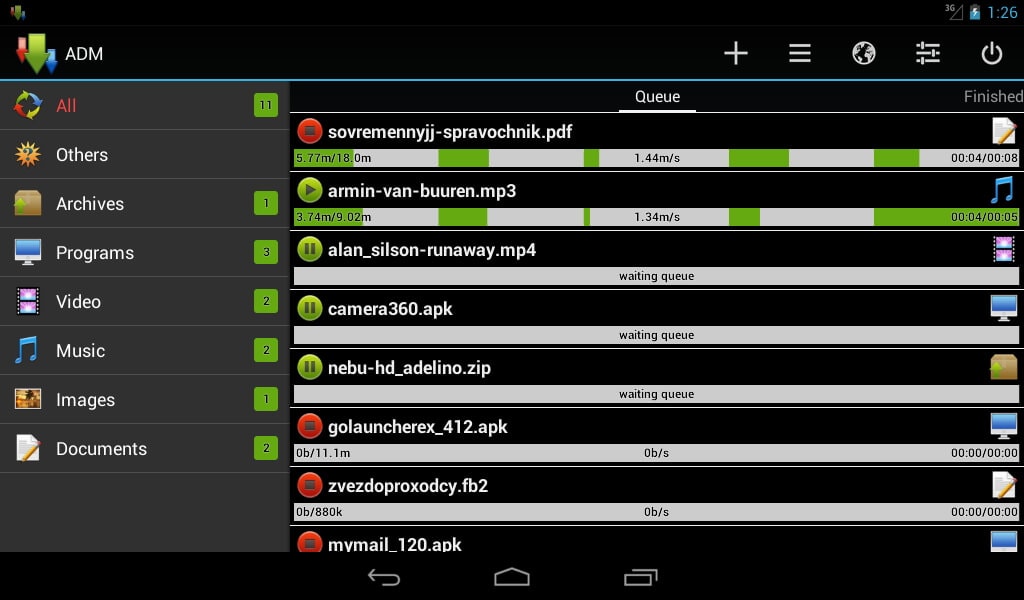
- PREFERENCE MANAGER ANDROID ACCESS DIFFERENT ACTIVITIES HOW TO
- PREFERENCE MANAGER ANDROID ACCESS DIFFERENT ACTIVITIES ANDROID
the UI of the page that will be opened after clicking on the Settings option.įolder and add an XML directory if not present with name Now, our next step is to add the UI for the Settings i.e. You can manually add the Settings option in the menu item in your application. Till now, we have added the Settings options in our application by using the Basic Activity.
PREFERENCE MANAGER ANDROID ACCESS DIFFERENT ACTIVITIES HOW TO
In this blog, we will look at how to implement the Settings by using the Basic Activity. If your application needs one or all the above three mentioned features, then you can add a Settings Activity, but if you want some customized settings in your application, then you should be using the first option of using the Settings option in your application by creating a Basic Activity. Here you will find an option to set the sync frequency of your application. Here you will we give with options to change the Ringtone of the notification along with vibrate option. Other options available here are: Enable social recommendations and Add friends to messages. By adding a Settings Activity, you will be given three options as below: Right click > new > Activity > Settings Activity
PREFERENCE MANAGER ANDROID ACCESS DIFFERENT ACTIVITIES ANDROID
Also, the users don’t access the Settings frequently, because they change the Settings once and they rarely need to go back and change it again.Īlso, the user prefers to change the settings of the application by clicking on the Settings present inside navigation or is present in the menu item like below:Īnother way of creating a Setting Activity is to go to your Java/Kotlin code folder in your Android project and then Settings allow the users to change the behavior and functionality of a particular application instead of changing the behavior and functionality of all the applications present in the mobile device. In order to use this functionality in our application, we can use the feature of Settings which is a part of Other examples include taking the current address of the user or setting the notification sound to a particular ringtone of your own choice. For example, if you want to increase the text size of the text present in your application and not to increase the text size of all the applications present in the mobile device. In android, Shared Preferences are used to save and retrieve the primitive data types (integer, float, boolean, string, long) data in the form of key-value pairs from a file within an apps file structure.There are certain situations when you want to have some kind of Settings in your application apart from the Android default Settings. Generally, the Shared Preferences object will point to a file that contains key-value pairs and provides a simple read and write methods to save and retrieve the key-value pairs from a file. The Shared Preferences file is managed by an android framework and it can be accessed anywhere within the app to read or write data into the file, but it’s not possible to access the file from any other app so it’s secured. The Shared Preferences are useful to store the small collection of key-values such as user’s login information, app preferences related to users, etc. to maintain the state of the app, next time when they login again to the app. In android, we can save the preferences data either in single or multiple files based on our requirements. In case if we use a single file to save the preferences, then we need to use getPreferences() method to get the values from Shared Preferences file and for multiple files, we need to call a getSharedPreferences() method and pass a file name as a parameter. This method is for activity level preferences and each activity will have its own preference file and by default, this method retrieves a default shared preference file that belongs to the activity. This method is useful to get the values from multiple shared preference files by passing the name as a parameter to identify the file.

We can call this from any Context in our app. The following are the different ways to initialize the Shared Preferences in our application.


 0 kommentar(er)
0 kommentar(er)
